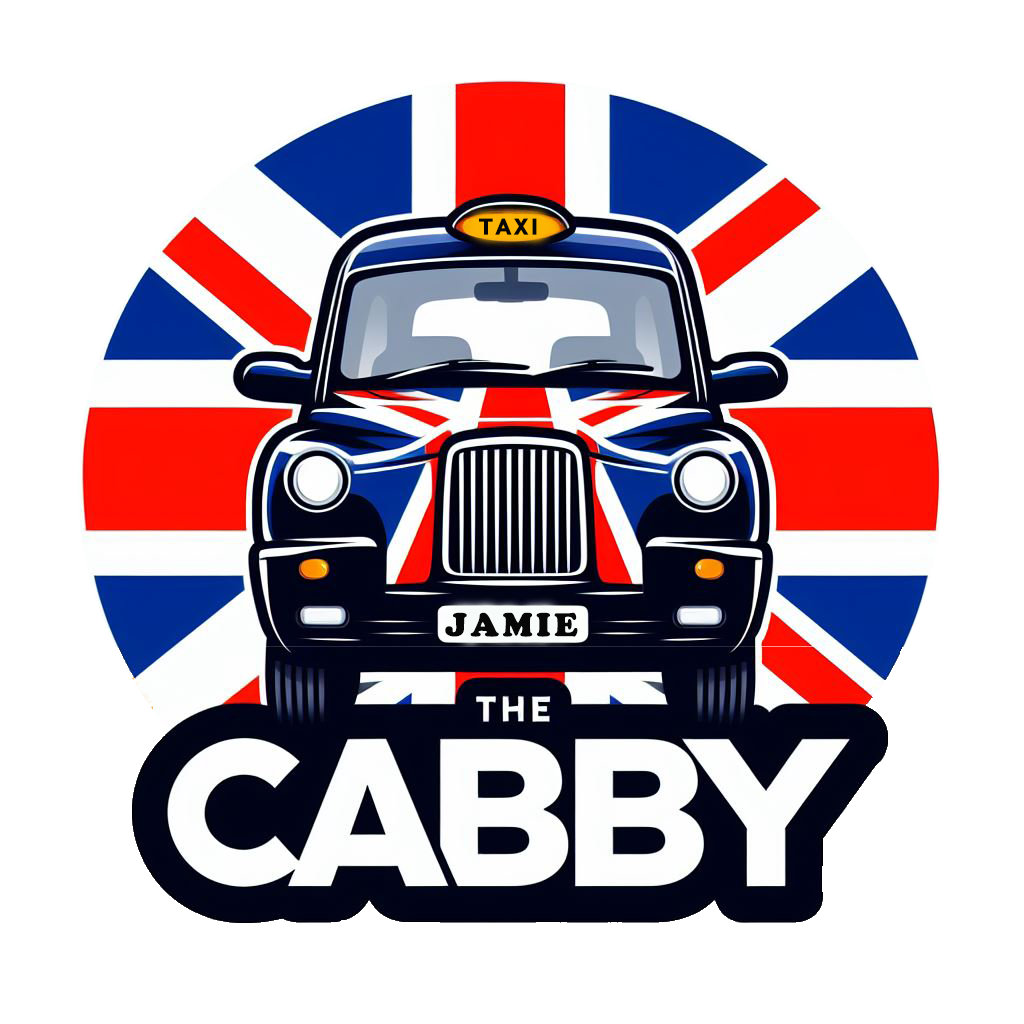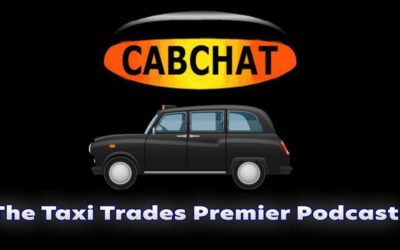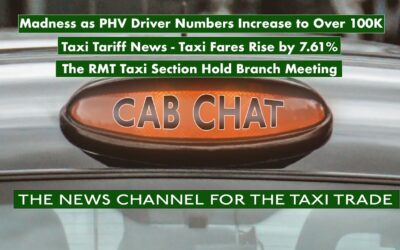CHARLOTTE, N.C., May 3, 2015 – Ever since Uber became a global phenomenon a little more than six years ago, there have been running disputes throughout the world between taxis and the upstart electronic ride-for-hire business. There is at least one city in the world, however, where cabbies have a bona fide complaint because technology has proven to be no match for “human knowledge.” The city is London.
Most travelers who have been to the English capital, and even many who have not, are all too familiar with the renowned London taxis. Not only are the iconic boxy-looking, ultra-roomy “black cabs” world famous, but they also have a fascinating history that has led to a grueling test, which is relatively unknown except to Londoners and the cabbies themselves.
The test is called “The Knowledge” and it is so demanding it takes most potential taxi drivers in London at least five years to master. Little wonder then that a driver who has completed the requirements to drive a cab in London has little respect for modern Uber technology.
London cabbies proudly display their green-and-white badges designating they have completed the necessary memorization skills that physically alter the brains of those who are able to pass it. Many drivers are actually overwhelmed with tears of emotion upon successful completion of “The Knowledge.”
Consider the magnitude of what a professional London cab driver must endure to qualify to drive a taxi:
First he or she must learn by heart 320 sample runs that are listed in the cabbie Blue Book, which happens to be pink, by the way.
Next a driver must commit to memory an incredible 25,000 streets within a six-mile radius of Charing Cross. Add 20,000 more sites such as pubs, hotels, parks, monuments and other locales which must also become second nature. Given London’s size and centuries of history, that task alone is daunting.
But it is only the beginning. When tested, drivers must calculate in their heads the most direct legal route between two addresses within London’s metropolitan area without using a map and do it in the proper sequence, including the required left and right turns necessary to complete the trip!
Furthermore, drivers must also know how to get his passengers to their required destinations on the proper side of the street.
Ahhh, but lest you think this exercise is done only once or twice, think again. The tests are known as “appearances” and they are a seemingly endless series of oral examinations which are first conducted every 56 days, then every 28 days and finally every three weeks.
Just to prove how accurate “The Knowledge” is compared to Uber’s GPS system, the Guardian newspaper challenged a cabbie and an Uber driver to a battle of dueling taxis.
The route went from the newspaper offices in London’s King’s Cross to the Big Ben clock-tower in Westminster. Uber completed the task in 22 minutes; the cab did it in 18.
Of interest is the fact that the cabbie’s route was longer by distance but quicker by four minutes in time.
We go back nearly four centuries to the reign of King Charles I, who in 1636 granted permission for 50 carriages to “ply their trade,” thus creating the world’s first taxi service.
Nearly 20 years later, Oliver Cromwell established the framework for the regulations required to operate the carriages, and in the 1850s Sir Richard Mayne, the police commissioner at the time, designed “The Knowledge” after receiving countless complaints about the horrible London cab service during the Great Exhibition of 1851.
Though no one knows for sure, it is believed that London taxi drivers earn upwards of $100,000 a year. Some who are especially industrious are said to nearly double that amount.
Though anyone of good character is eligible to become a London “hack,” only licensed drivers who possess “The Knowledge” are allowed to work the streets as taxis and to be hailed from a curb.
Those who attempt to complete “The Knowledge” never actually fail, they just keep trying until they either succeed or quit. Approximately one in five who undergo the rigors of “The Knowledge” makes it, which is roughly the same success ratio as those who train to become a U.S. Navy Seal.
While London’s “black cabs” today come in a variety of colors and many sport advertisements, the drivers themselves are a select breed. In 1875 Capt. George Armstrong created shelters for drivers to have a warm, dry place when they were not out in the elements. Even today 13 cabman’s shelters still exist where drivers can get mugs of hot tea and bacon sandwiches.
 So, next time you hail a cab in London, just remember there’s more to it than first meets the eye, and Uber is just no match for good old British tradition.
So, next time you hail a cab in London, just remember there’s more to it than first meets the eye, and Uber is just no match for good old British tradition.
Bob Taylor has been traveling the world for more than 30 years as a writer and award-winning television producer focusing on international events, people and cultures around the globe.










